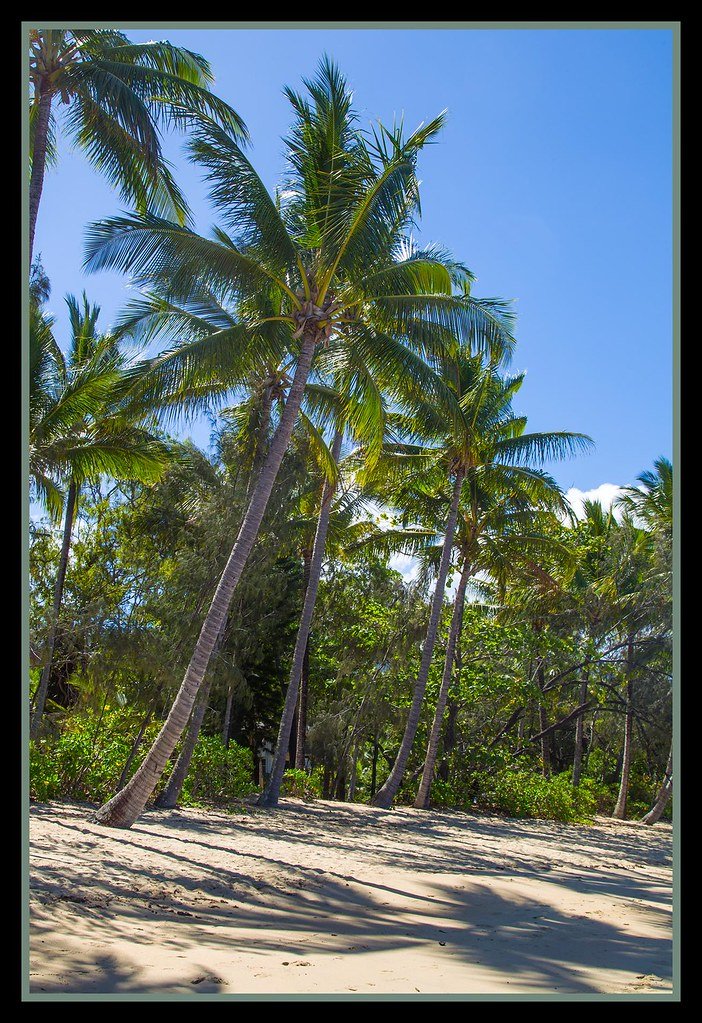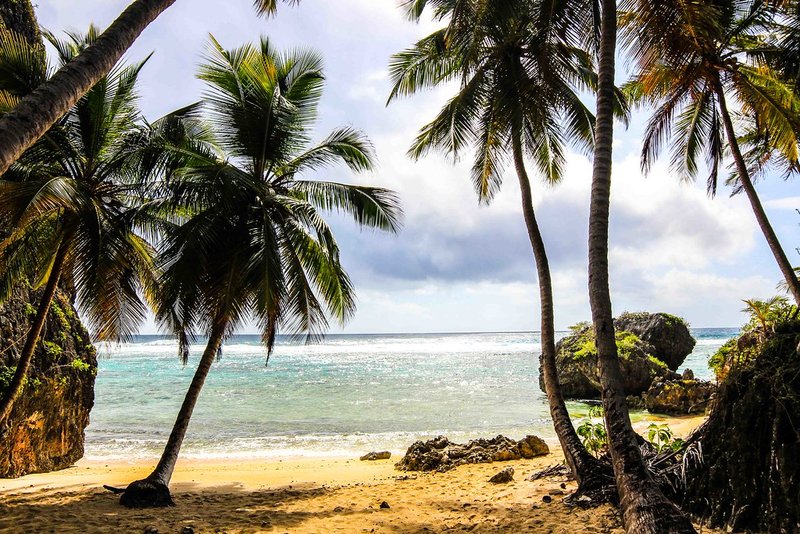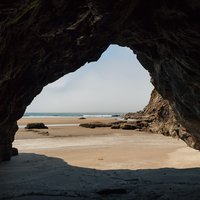Introduction

Picture this: you're lounging on pristine white sand, the only sounds are gentle waves and maybe a fishing boat puttering in the distance. No beach vendors hawking sarongs, no crowds fighting for the perfect selfie spot, no overpriced beach clubs charging $15 for a coconut. This isn't some exclusive resort fantasy—it's what happens when geography does the heavy lifting of keeping beaches beautifully, blissfully uncrowded.
Some of the world's most stunning coastlines remain peaceful not because they're secret, but because getting there requires a bit of effort. Whether it's a boat ride, a hike, or simply being far from any major airport, these beaches have natural barriers that filter out the masses while keeping prices refreshingly low. Here are five gorgeous spots where the landscape itself is your best friend—and your wallet will thank you too.
Rabbit Beach, Lampedusa, Italy

Secret Beach, El Nido, Philippines

Playa Escondida, Marietas Islands, Mexico

Koh Kood's Bang Bao Beach, Thailand

Playa Blanca, Barú Peninsula, Colombia

Sierra Blake
10+ years travel writing, visited 63 countries
Nomadic travel writer and photographer with a soft spot for remote islands and surf towns. Focused on visual storytelling and practical advice.


